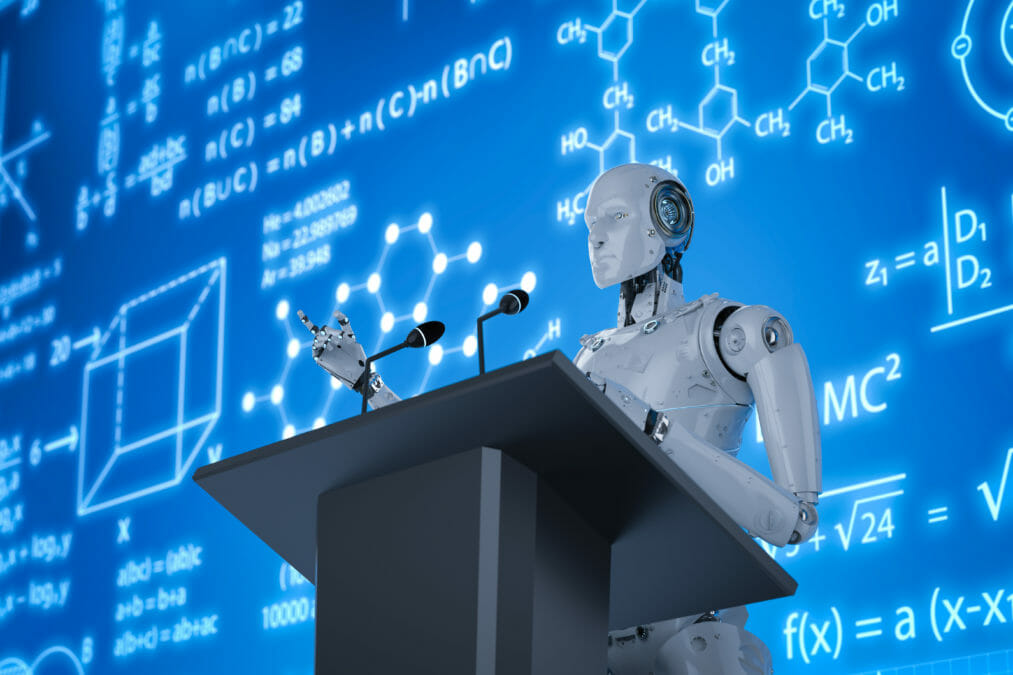As the technology moves across the hype cycle, AI skills will become an increasingly important commodity as the technology pervades a number of sectors across a multitude of use cases.
Organisations, in order to get their employees’ AI skills up to scratch, must turn to the plethora of AI courses available today. But how should the CTOs or heads of HR even approach this? AI courses are aplenty, but upskilling is one of the hardest things to successfully navigate, especially in a field as wide ranging and complex as artificial intelligence; which includes subfields of machine learning, deep learning, neural networks and random forests.
What is AI? A simple guide to machine learning, neural networks, deep learning and random forests!
Which AI course should you choose? Will the employees be able to juggle it along with their other duties? Should I just outsource talent, rather than insource? These are just a few questions that need to be considered.
Kalyan Kumar, corporate vice president and CTO at HCL Technologies, explains that organisations “should decide and choose courses based on need, resources at hand and output required.”
As mentioned, there are plenty of AI courses to choose from and “options range from MOOC (Massive Online Open Course) portals, which can offer specific AI-orientated courses; online instructor-led courses, which often have customised topics that can be worked out with tutors; and in-person batch training which may involve, amongst others, university or technical institution-led schemes which can again be personalised,” Kumar continues.
As the need for AI skills increase, major universities across the globe are also running a range of courses around AI, “and individuals can subscribe to these based on their personal needs,” he explains.
Taking responsibility for AI skills
According to Kumar, the variety AI courses leads to lots of debate around who should take responsibility for ensuring workers have the right AI skills. He asks, “is it enterprises, institutions, governments or individuals?
“While everyone should take their share of responsibility, in the short term, it is essential for enterprises to create internal opportunities for their current employees to upskill. Only by training their current workforce to be AI-ready, can businesses truly take the technology to the next level.”
AI skills: 93% of organisations committed to AI but skills shortage is a challenge
The next level
As the technology moves across the hype cycle, AI is scaling and becoming more pervasive in the enterprise. Use cases are emerging and organisations are realising the benefits that can be extracted from AI “and are looking to undertake business-wide initiatives around it,” continues Kumar.
“We are also seeing greater depth and complexity when it comes to AI projects themselves since organisations now have a better understanding of it and have defined specific use cases — and are more realistic about budget provisions. As a result, AI is finding use across more technologies and industries than ever before.
“Whether it is healthcare, financial services, travel, transportation or retail, all industries are seeing the impact of AI. Specifically, we see more significant use of AI in areas like security (through biometrics), analytics and data mining, robotic process automation, and chatbots and virtual assistants.”
AI courses
Learn with Google AI — for the general public
Google, Machine Learning — requires previous experience of machine learning
Microsoft Professional Programme
Stanford University, Machine Learning — taught by Andrew Ng, founder of Google’s deep learning research unit, Google Brain, and head of AI for Baidu
Columbia University, Machine Learning
Nvidia — Fundamentals of Deep Learning for Computer Vision
MIT — Deep Learning for Self Driving Cars
Check out Coursera for loads more!
Don’t stop at AI
Like AI, a number of universities now offer MScs in data science. Companies, as well, are training their staff (such as Corndel, where Kim Nilsson — CEO at data science hub Pivigo — is now an Advisory Board member, now offers apprenticeships), there are online courses and a range of bootcamps where data science skills can be developed and honed.
“Most bootcamps,” explains Nilsson, “set-out to train people from non-academic backgrounds in the technical skills needed for data science jobs (General Assembly and Flatiron, for example).
“Science to Data Science (S2DS) [a program run by Pivigo] is quite unique because we re-train analytical academics, who already have all the technical skills, to become commercial data scientists, by commercialising those skills. This includes training “on the job” by delivering a real data science project to a company and it also involves learning about business issues and soft skills; teamwork, communication and deadlines, for example.”
Related articles
A guide to artificial intelligence in enterprise: Is it right for your business?
What is artificial intelligence? Defining it in business — a CTO guide
Integrating artificial intelligence: Best practice tips — a CTO guide
What industries will AI impact the most in the next few years — a CTO guide
5 tools that use AI for design
Preventing unethical use of AI in corporate finance transactions










